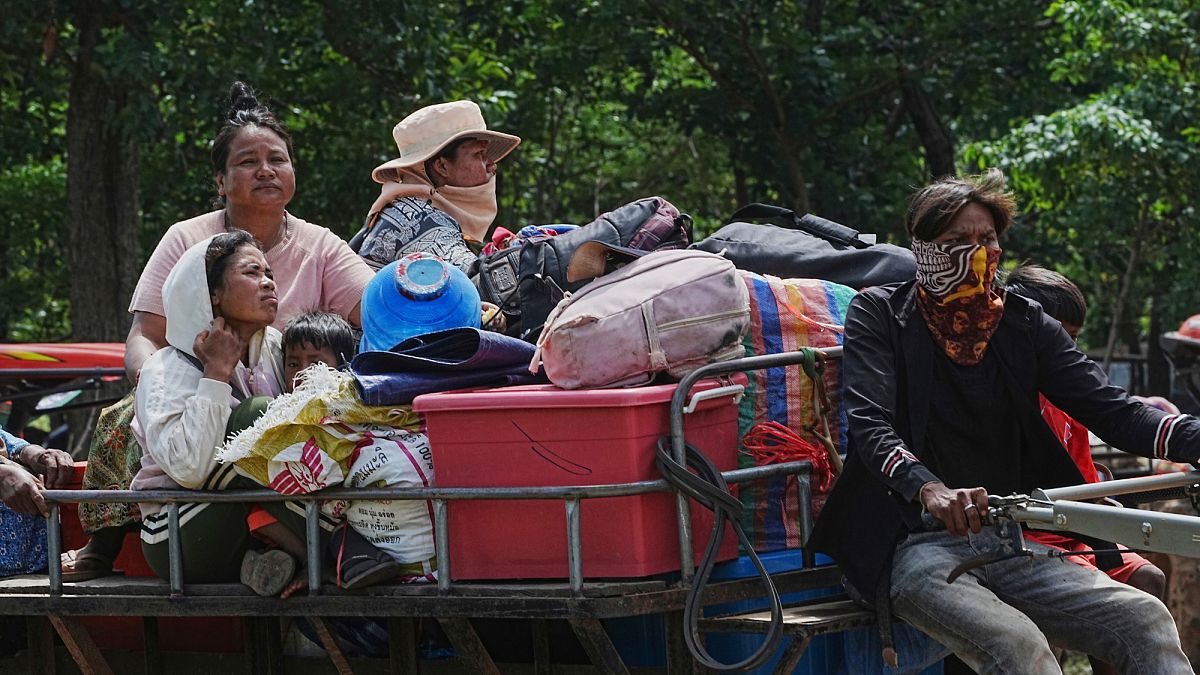

The picturesque landscapes of Southeast Asia have recently become a backdrop for heightened tensions as clashes between Thailand and Cambodia escalate along their shared border. This surge of hostilities has resulted in the displacement of tens of thousands of residents, marking the most severe conflict between the two nations in over a decade.
On Friday, significant fighting continued into its second day, necessitating the evacuation of over 130,000 Thai civilians from areas close to the border. Both countries have exchanged artillery fire, with clashes erupting at 12 locations, reflecting a concerning expansion of the discord that ignited from existing territorial disputes. In these confrontational circumstances, officials from both sides have accused each other of initiating the aggression.
Thailand, led by its acting Prime Minister Phumtham Wechayachai, has voiced grave concern over the conflict’s potential to intensify into a full-scale war. The sentiment is reinforced by the tragic climb in the death toll, reaching 16 as the fighting persists. Despite offers of international mediation, Thailand has chosen to seek a bilateral resolution, declining intervention proposals from major powers such as the United States, China, and Malaysia.
The situation has further escalated with Thailand taking decisive military actions, including deploying an F-16 fighter jet over the embattled border regions. Amid these developments, the Thai military has closed all Cambodian border checkpoints in a bid to manage the escalating situation. This closure marks a significant measure aimed at curbing further incidents amid rising hostilities. Meanwhile, the Cambodian defense ministry has yet to respond formally to these specific actions.
This border conflict is rooted in a historical dispute exacerbated by ongoing disagreements over territorial claims. Historically, the contentious area has seen periodic unrest, though recent events have intensified these territorial tensions, drawing attention and concern both regionally and globally.
Despite the gravity of the conflict, there is a collective aspiration for peace and stability. Communities along the border, traditionally resilient, hope for a prompt resolution. The cultural and familial connections between Thailand and Cambodia underscore the mutual interest in peace, as residents from both sides have longstanding interdependent relationships.
This conflict also underscores broader regional dynamics, highlighting the importance of effective diplomacy and conflict resolution mechanisms within Southeast Asia. The desire for a peaceful settlement is paramount, and efforts are anticipated to orchestrate dialogues that can pave the way for a harmonious coexistence.
The current situation serves as a poignant reminder of the necessity for peaceful engagement and diplomatic discourse, with an overarching hope that through mindful negotiation and mutual understanding, tranquility can be restored in this region known for its rich cultural tapestry and historical depth.
Source: {link}
